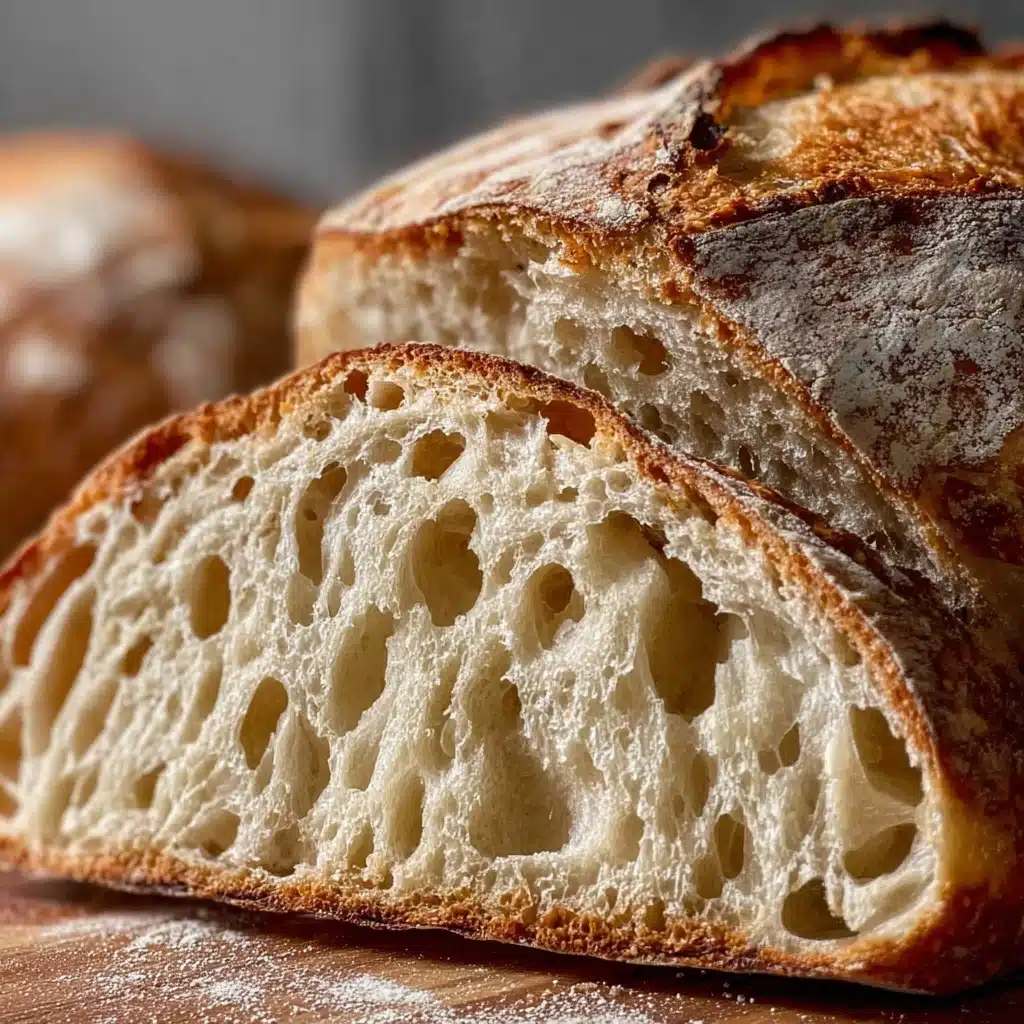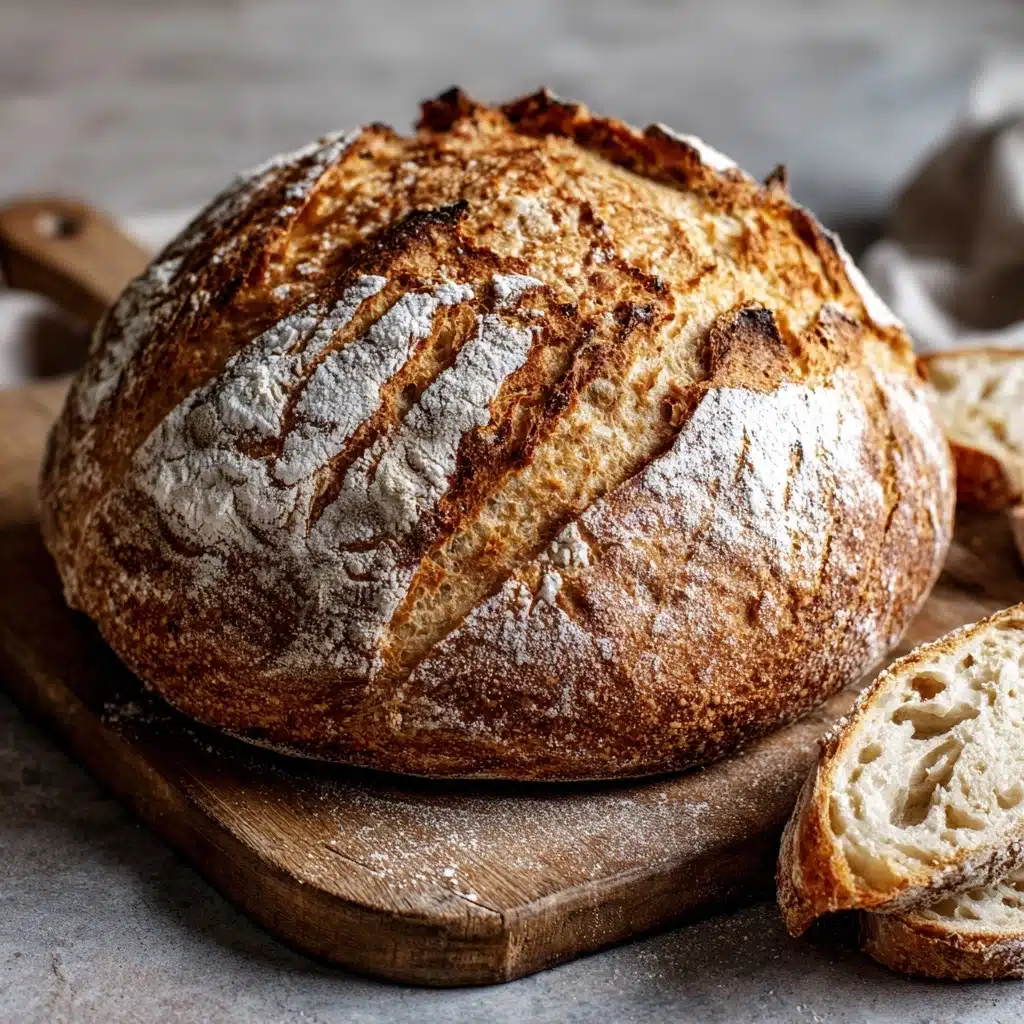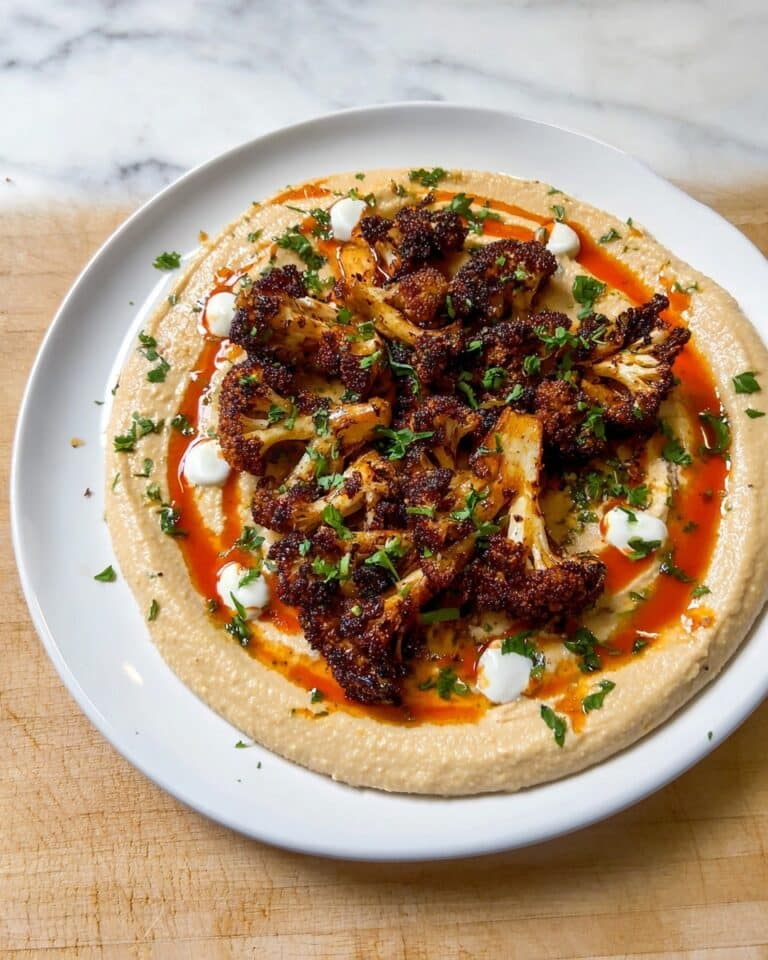Crusty Golden Sourdough Bread with a Soft Chewy Center Recipe
If you have ever dreamed of baking bread that boasts a perfectly Crusty Golden Sourdough Bread with a Soft Chewy Center, then this recipe is going to sweep you off your feet. Imagine ripping into a loaf where the outer crust crackles delightfully beneath your fingers, revealing an inviting soft, chewy interior packed with tangy sourdough character. This recipe guides you step-by-step through the simple yet rewarding process of transforming just a handful of everyday ingredients into a masterpiece that fills your home with the most intoxicating aroma and your kitchen with happy anticipation. Whether you are a seasoned baker or just starting out, achieving this balance of crust and crumb will be your new favorite baking triumph.

Ingredients You’ll Need
For this Crusty Golden Sourdough Bread with a Soft Chewy Center, you’ll find that the ingredients list is beautifully minimal. Each ingredient serves a vital role, from building structure to creating flavor and crust texture. Let’s break down what you’ll need to work your magic.
- 4 cups (500g) bread flour or all-purpose flour: This is the backbone of your loaf, providing gluten for structure and that wonderful chewiness inside.
- 1⅔ cups (375g) warm water: Hydrates the flour, helping develop gluten and keeps the dough tender while activating the starter.
- 1 cup (200g) active sourdough starter: Your natural fermenter – full of wild yeast and bacteria to perfectly leaven and flavor the bread.
- 2 teaspoons (10g) salt: Provides taste depth and controls fermentation for even crumb texture.
How to Make Crusty Golden Sourdough Bread with a Soft Chewy Center
Step 1: Mix and Autolyse
Begin by combining the flour and warm water in a large bowl. Stir until they form a shaggy dough, then let it rest for 30 minutes. This autolyse phase hydrates the flour, jumpstarting gluten formation, which is essential for that chewy interior you love.
Step 2: Add Starter and Salt
After the rest, incorporate your active sourdough starter and salt into the dough. Mix everything thoroughly until the dough feels cohesive and smooth. This step infuses the dough with juiciness and the sourdough’s unique flavor while seasoning it perfectly.
Step 3: Bulk Fermentation with Stretch and Folds
Cover the bowl with a towel or plastic wrap and let it ferment at room temperature. Every 30 minutes for two hours, perform a set of stretch and folds by pulling one side of the dough upward and folding it over itself, turning the bowl a quarter turn between folds. This encourages gluten strength and builds the structure needed to maintain a tender, airy crumb beneath the crust.
Step 4: Long Rise
Once your stretch and folds are done, cover the dough again and let it rise for 6 to 8 hours until it doubles in size and bubbles appear on the surface. This slow fermentation is what develops the iconic tang and depth so special to your Crusty Golden Sourdough Bread with a Soft Chewy Center.
Step 5: Shaping and Cold Proofing
Turn the risen dough gently onto a floured surface and shape it into a round or oval loaf. Folding and tucking edges under will give your bread a strong outer skin to hold shape during baking. Place it seam-side up into a well-floured proofing basket or bowl, cover, and refrigerate for 8 to 12 hours. The cool fermentation adds flavor complexity and develops the perfect crustiness.
Step 6: Preheat and Prepare for Baking
Preheat your oven to 450°F (232°C) with a Dutch oven inside. When ready, remove the dough from the fridge, carefully turn it onto parchment paper, and score the top with a sharp blade. This scoring gives your loaf room to expand beautifully during baking, creating the signature look of a crusty golden loaf.
Step 7: Bake Your Bread
Carefully lower the dough on its parchment into the hot Dutch oven, cover, and bake for 20 minutes to trap steam and coax a blistering crust. Then remove the lid to bake another 25 minutes uncovered, which crisps up the exterior to golden perfection, finishing your Crusty Golden Sourdough Bread with a Soft Chewy Center masterpiece.
Step 8: Cooling
Once baked, transfer the bread to a wire rack to cool completely before slicing. This allows the crumb to set fully and preserves that tender chew inside without becoming gummy.
How to Serve Crusty Golden Sourdough Bread with a Soft Chewy Center

Garnishes
While the bread is outstanding on its own, you can elevate your serving experience by adding simple garnishes like a smear of high-quality butter, a sprinkle of flaky sea salt, or a drizzle of fragrant olive oil infused with herbs or garlic. These subtle touches highlight the bread’s natural tang and texture beautifully.
Side Dishes
This Crusty Golden Sourdough Bread with a Soft Chewy Center pairs wonderfully with hearty soups, tangy cheeses, or vibrant salads. Try it alongside roasted tomato basil soup or a sharp aged cheddar for a comforting meal or snack that’s always a crowd-pleaser.
Creative Ways to Present
For something fun, slice the bread thickly and toast it lightly to make crostini topped with smashed avocado, heirloom tomatoes, or your favorite bruschetta mix. Or serve it in a rustic bread bowl filled with creamy clam chowder or warm spinach artichoke dip for a memorable centerpiece.
Make Ahead and Storage
Storing Leftovers
To keep your Crusty Golden Sourdough Bread with a Soft Chewy Center as fresh as possible, store it at room temperature wrapped loosely in a clean cotton towel or paper bag. This helps maintain the crust’s crispness while the interior remains soft for up to two days.
Freezing
If you need to save your beautiful loaf longer, freeze it wrapped tightly in plastic wrap and foil. When you’re ready, thaw at room temperature, then refresh by warming in the oven for a few minutes to restore that delightful crust.
Reheating
To bring your bread back to life, heat it in a preheated 350°F (175°C) oven for about 10 minutes. This revives the crust crunch and softens the crumb for a just-baked feel every time.
FAQs
Do I have to use bread flour, or can I use all-purpose flour?
You can absolutely use all-purpose flour if bread flour isn’t available. Bread flour has more protein, which creates more gluten and chewiness, but all-purpose flour will still give you a lovely loaf — just expect a slightly softer texture.
How do I know if my sourdough starter is active enough?
Your starter should be bubbly and have doubled in size within 4 to 6 hours of feeding. A quick float test—dropping a spoonful into water and seeing it float—also indicates strong activity for a good rise.
Can I speed up the rising process?
While you might be tempted, slowing fermentation is key to the intense flavor and perfect crumb. A warmer spot can speed rises but may sacrifice taste and texture, so patience will reward you.
What’s the best way to score the dough?
Use a razor blade or very sharp knife held at a slight angle to make swift, confident cuts about ¼ inch deep. Scoring allows the bread to expand during baking without cracking unpredictably.
Why is my crust not as crispy as expected?
Make sure your Dutch oven is fully preheated and that you bake covered initially to trap steam, then uncovered to crisp the crust. Also, let your bread cool completely to avoid sogginess.
Final Thoughts
Baking your own Crusty Golden Sourdough Bread with a Soft Chewy Center is such a joyous experience, from mixing the simple ingredients to pulling that fragrant, golden loaf from the oven. It’s a recipe that not only teaches patience and technique but rewards you with bread that feels like a warm hug at any meal. So go ahead, give this bread a try—you’ll be thrilled with every crunchy, chewy, tangy bite and proud to share it with those you love.
PrintCrusty Golden Sourdough Bread with a Soft Chewy Center Recipe
This recipe guides you through making a crusty golden sourdough bread with a soft, chewy center using simple ingredients and traditional techniques like stretch and folds and cold fermentation for enhanced flavor and texture.
- Prep Time: 40 minutes
- Cook Time: 45 minutes
- Total Time: 15 to 20 hours (including rising and cold fermentation)
- Yield: 1 loaf (about 1.5 to 2 pounds) 1x
- Category: Bread
- Method: Baking, Natural Fermentation
- Cuisine: Artisan, French-style
- Diet: Vegetarian
Ingredients
Dry Ingredients
- 4 cups (500g) bread flour or all-purpose flour
- 2 teaspoons (10g) salt
Wet Ingredients
- 1⅔ cups (375g) warm water
- 1 cup (200g) active sourdough starter
Instructions
- Mix flour and water: In a large mixing bowl, combine 4 cups of flour and 1⅔ cups of warm water. Stir until you form a shaggy dough then cover it and let it rest for 30 minutes to allow the flour to hydrate.
- Add starter and salt: After resting, add 1 cup of active sourdough starter and 2 teaspoons of salt. Mix everything thoroughly until fully combined into a cohesive dough.
- First fermentation with stretch and folds: Cover the bowl with a clean towel or plastic wrap and let dough rest at room temperature. Every 30 minutes for 2 hours, perform stretch and folds by pulling one side of the dough upward and folding it over itself, then turning the bowl a quarter turn and repeating this three more times. This strengthens the dough.
- Bulk rise: After the final fold, cover the bowl again and allow the dough to rise for 6 to 8 hours at room temperature until it doubles in size and becomes bubbly and puffy.
- Shape the dough: Gently transfer the dough to a lightly floured surface and shape it into a round or oval loaf by folding and tucking the edges underneath to build tension on the surface.
- Cold proof: Place the shaped dough seam-side up into a floured proofing basket or towel-lined bowl, cover it, and refrigerate for 8 to 12 hours to develop flavor and improve crust.
- Preheat oven and Dutch oven: The next day, place a Dutch oven into your oven and preheat to 450°F (232°C).
- Score and bake: Remove the dough from the fridge, invert it onto parchment paper, and score the top with a sharp knife or razor blade. Carefully place the dough with parchment paper into the hot Dutch oven, cover, and bake for 20 minutes.
- Finish baking uncovered: Remove the lid and bake for an additional 25 minutes uncovered to develop a deep golden crust.
- Cool: Remove the bread from the Dutch oven and let it cool completely on a wire rack before slicing to ensure the crumb sets properly.
Notes
- Use a sourdough starter that is very active for best rise.
- Warm water should be around 75-80°F (24-27°C) to encourage fermentation.
- Stretch and folds help strengthen gluten without kneading.
- Cold proofing in the fridge enhances flavor and makes scoring easier.
- Let the bread cool fully before slicing to preserve texture and chewiness.
Nutrition
- Serving Size: 1 slice (about 56g)
- Calories: 150
- Sugar: 0.2g
- Sodium: 230mg
- Fat: 1g
- Saturated Fat: 0.2g
- Unsaturated Fat: 0.6g
- Trans Fat: 0g
- Carbohydrates: 31g
- Fiber: 2g
- Protein: 5g
- Cholesterol: 0mg
Keywords: sourdough bread, crusty bread, artisan bread, homemade sourdough, chewy bread








